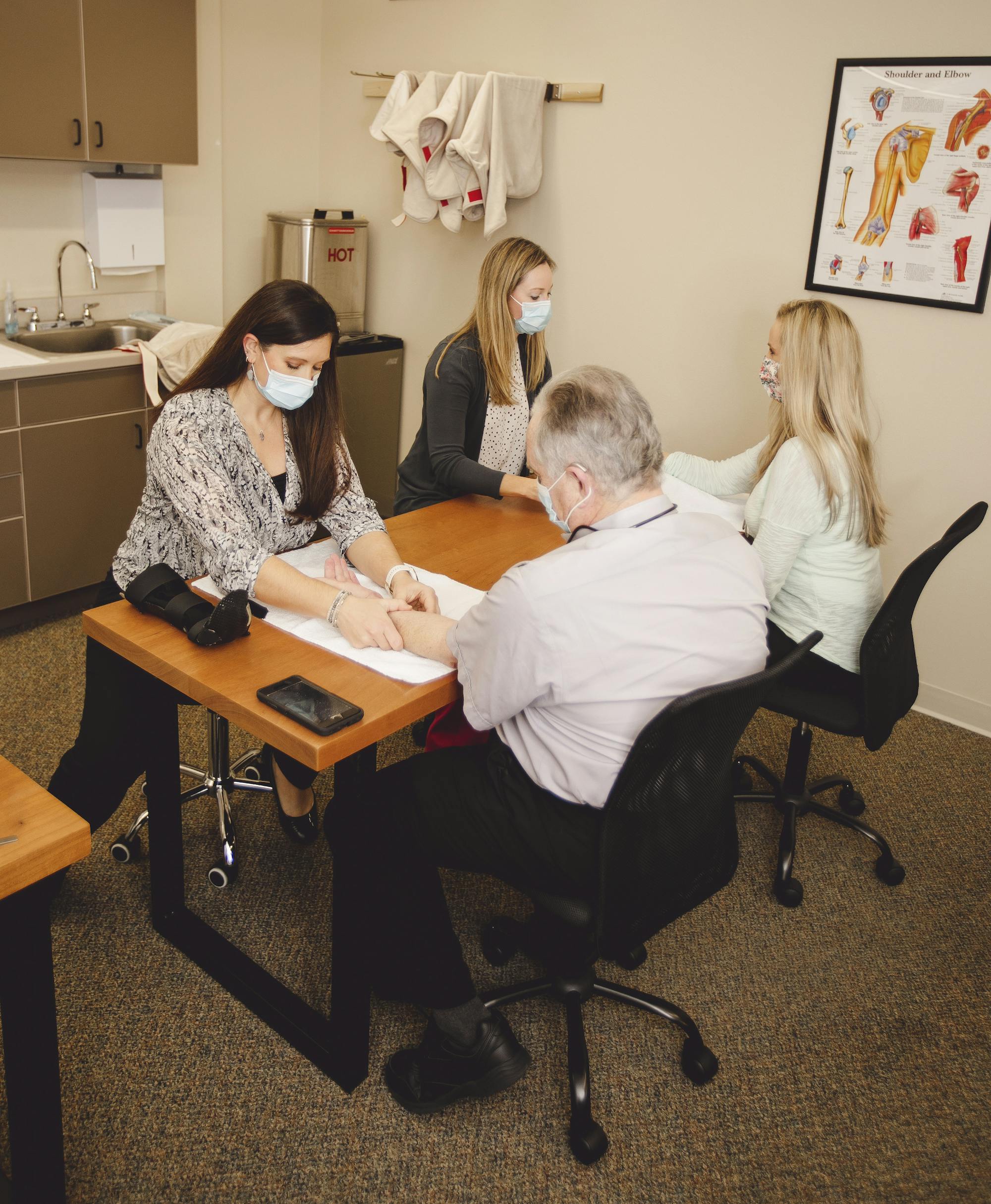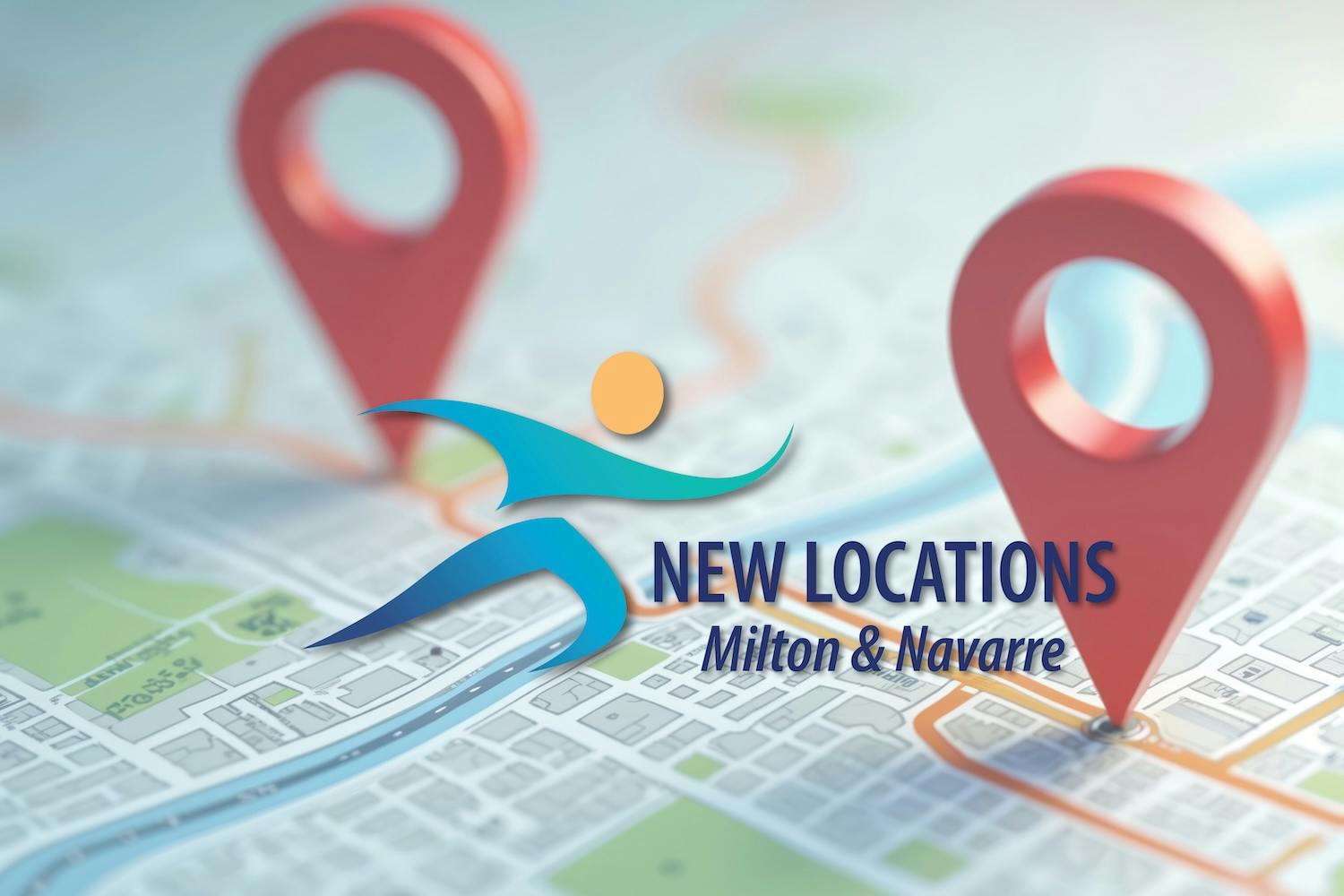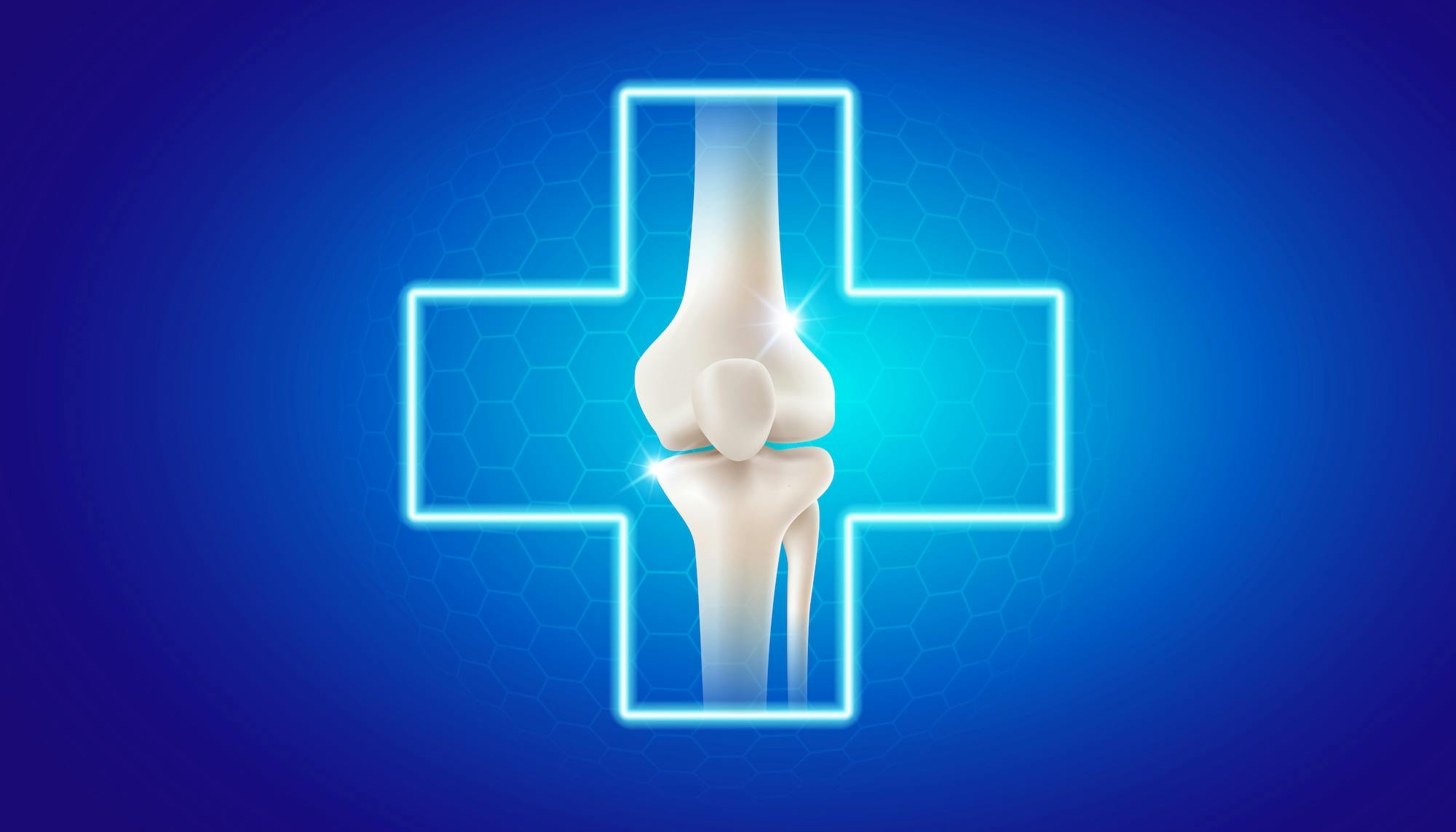- Blog
Certified Hand Therapy
Posted on 04-16-2025 in Wrist, occupational therapy, Hand, Elbow & hand therapy by Dr. Steven Kronlage

Posted on 04-16-2025 in Wrist, occupational therapy, Hand, Elbow & hand therapy by Dr. Steven Kronlage
Hand Therapy services at our Pensacola office on 9th Ave. and our Gulf Breeze location at the Andrews Institute for Orthopaedics & Sports Medicine (Ste. 209) provide an opportunity to treat both acute and chronic conditions or injuries of the hand, wrist, elbow and shoulder. At Florida Bone & Joint, our fellowship-trained surgeons work closely with our exceptional Certified Hand Therapists to develop a comprehensive course of treatment to improve outcomes related to conditions and injuries of the upper extremities, including the following:
We begin by evaluating the demands of the patient’s workplace and home, including caregiving roles and leisure activities, to ensure that interventions are designed to meet tangible, realistic outcomes like returning to work or living safely at home. In addition to a history intake, the evaluation process may also include:
Our Hand Therapists will discuss your treatment goals with you to learn more about how your condition or injury impacts your life and how we can help you return to daily activities. A comprehensive plan of care to treat these injuries and conditions may include a combination of therapeutic activities and exercise, post-surgical/injury education, scar and pain management, sensory re-education, mirror therapy and joint protection and/or energy modification. We also offer training in activities of daily living and adaptive or assistive devices, and custom orthosis fabrication.
If you currently suffer from an injury or condition of your hand, wrist, elbow or shoulder that occupational therapy may benefit from, please contact our office at 850-807-4200 or complete our online Appointment Request form to schedule a visit.

March is National Nutrition Month®, and as part of the conversation, the North Florida Bone & Joint team wants to emphasize the impact diet can have on your bone health. Before diving in, it's essential to understand the role the skeleton plays in your body. Specifically, the skeleton—and the bones its comprised of—serve the following functions:

At North Florida Bone & Joint Specialists, we’re committed to delivering convenient, expert care throughout the Gulf Coast. As part of that commitment, we’re excited to announce the expansion of our clinical office footprint. In March, we opened two new locations in Milton and Navarre, FL, further enhancing our ability to serve patients across Northwest Florida.

Valentine’s Day is all about love—so why not show your joints some love, too? Whether you’re an athlete, an active adult, or simply looking to maintain mobility as you age, taking care of your joints is essential for long-term health and well-being. At North Florida Bone & Joint Specialists, we believe that self-care isn’t just about relaxation—it’s about making intentional choices to keep your body strong, pain-free, and resilient. Here are four self-care tips to keep your joints healthy and moving with ease: